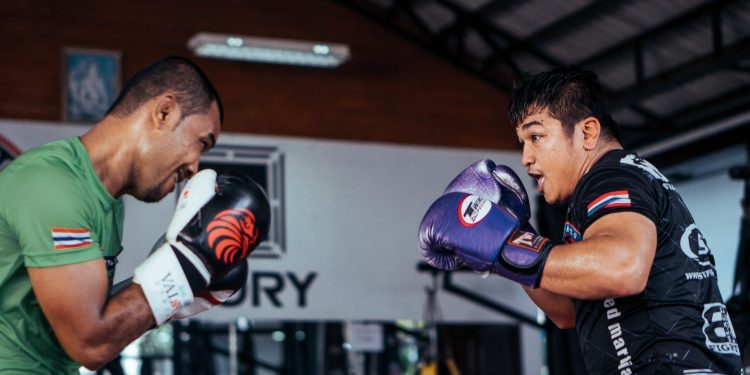Is boxing martial arts? It’s a debate that’s sparked countless discussions not only in the pugilistic community but also amongst martial artists and sports enthusiasts alike. Boxing, with its rich and storied history peppered with characters like legendary Muhammad Ali and iconic Mike Tyson, often stands apart in its categorization. But should it? Let’s lace up our gloves and explore what really defines a martial art.
What is a Martial Art?
Before jumping into boxing’s place, let’s understand what a martial art encompasses. Traditionally, martial arts refer to codified systems and traditions of combat practices. Their primary aim? Not just self-defense or physical fitness but also spiritual development in some cultures. In Japan, the ‘do’ in Judo or Kendo signifies the philosophical way or path. Confucianism in Chinese martial arts promotes the “way of the warrior” being a harmonious blend of mind and body.
The Origins of Boxing
Did you know? The roots of boxing date back to ancient civilizations. Mesopotamian and Egyptian reliefs showcase boxers with hands wrapped in leather. Boxing was even part of the ancient Olympics by 688 BC! However, its modern form owes much to Western traditions. Its evolution mirrors society’s shift from brutal, bare-knuckle contests to sanctioned and gloved bouts.
The Art Behind the Sport
You might think boxing is just about throwing punches. But there’s an art in its practice akin to a martial art. Precision, timing, rhythm, and technique – essential elements that any martial artist would recognize. Floyd Mayweather’s impeccable defense and Muhammad Ali’s butterfly-like movement suggest a much deeper mastery.
So, is Boxing a Martial Art?
Here’s the thing: if you define martial arts strictly as forms needing kicks, then boxing might miss the mark. However, in sports like Muay Thai or Lethwei, punches are paramount. In essence, boxing does adhere to a martial art’s foundational purpose: to empower, defend, and enrich the spirit.
The Philosophical Element
Fun fact: Many boxers approach their craft with a mindset similar to martial artists. Consider the mental discipline and rigorous training schedules. The dedication of individuals like Vasiliy Lomachenko, who incorporates dance into his regimen to enhance footwork, mirrors the commitment seen in martial traditions.
Boxing vs. Other Martial Arts
Let me explain by saying that both boxing and martial arts emphasize skill, strategy, and mental toughness. Yet, each boasts unique elements. A comparison might sound something like this:
| Characteristic | Boxing | Martial Arts |
| Primary Focus | Hands and Footwork | Holistic Body Techniques |
| Rules and Regulations | Unified, Professional | Varied by Style |
| Spiritual Aspect | Less Emphasized | Core to Many Styles |
| Global Influence | Western | Global |
Benefits and Applications
Boxing, like martial arts, offers vast health benefits. Cardiovascular fitness, strength, agility, and stress relief are just starters. In fact, many non-competitive practitioners pursue it solely for these perks. Practicing boxing can be transformative, much like embracing a martial art lifestyle.
Boxing’s Cultural Impact
Historically, boxing has influenced societies worldwide, serving as both a societal mirror and a platform for change. From political protests to cultural breakthroughs, heavyweight champions have often transcended their sport.

FAQs
What defines a martial art? Martial arts are codified systems of combat with cultural ties and spiritual underpinnings.
Why isn’t boxing commonly classified amongst them? Often, it’s due to the Western origins and lack of spiritual practices compared to Eastern arts.
Can boxing and martial arts complement each other? Absolutely. Cross-training can enhance skills, offering broader perspectives in combat.
Conclusion
Boxing, while distinct, shares numerous parallels with martial arts. Its cultural, historical, and fitness contributions are significant and well-appreciated, making it a unique discipline. Whether one views it strictly as a martial art or not, it undoubtedly embodies the spirit of one. Thank you for reading and don’t forget to explore other intriguing topics on our website.















